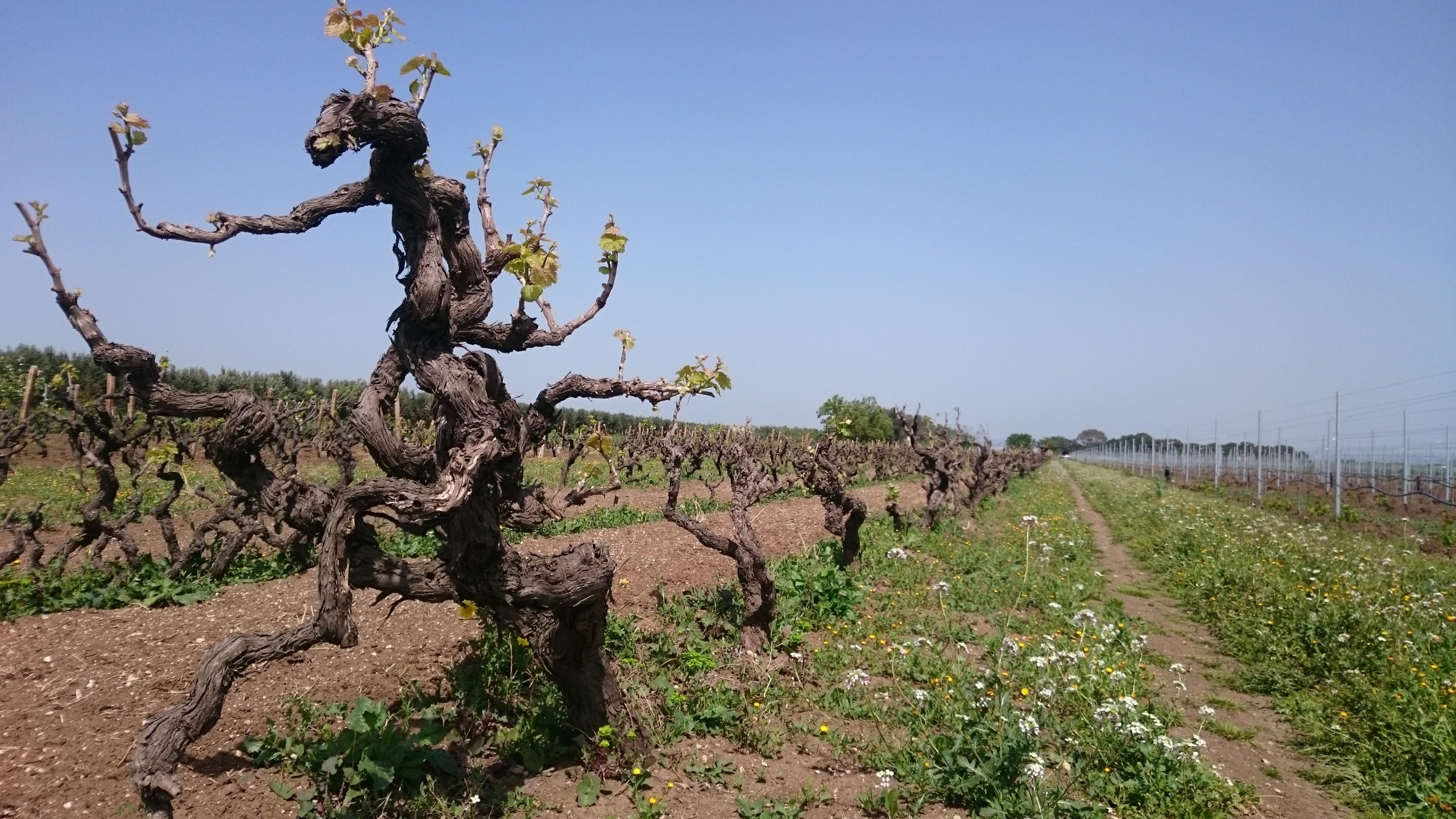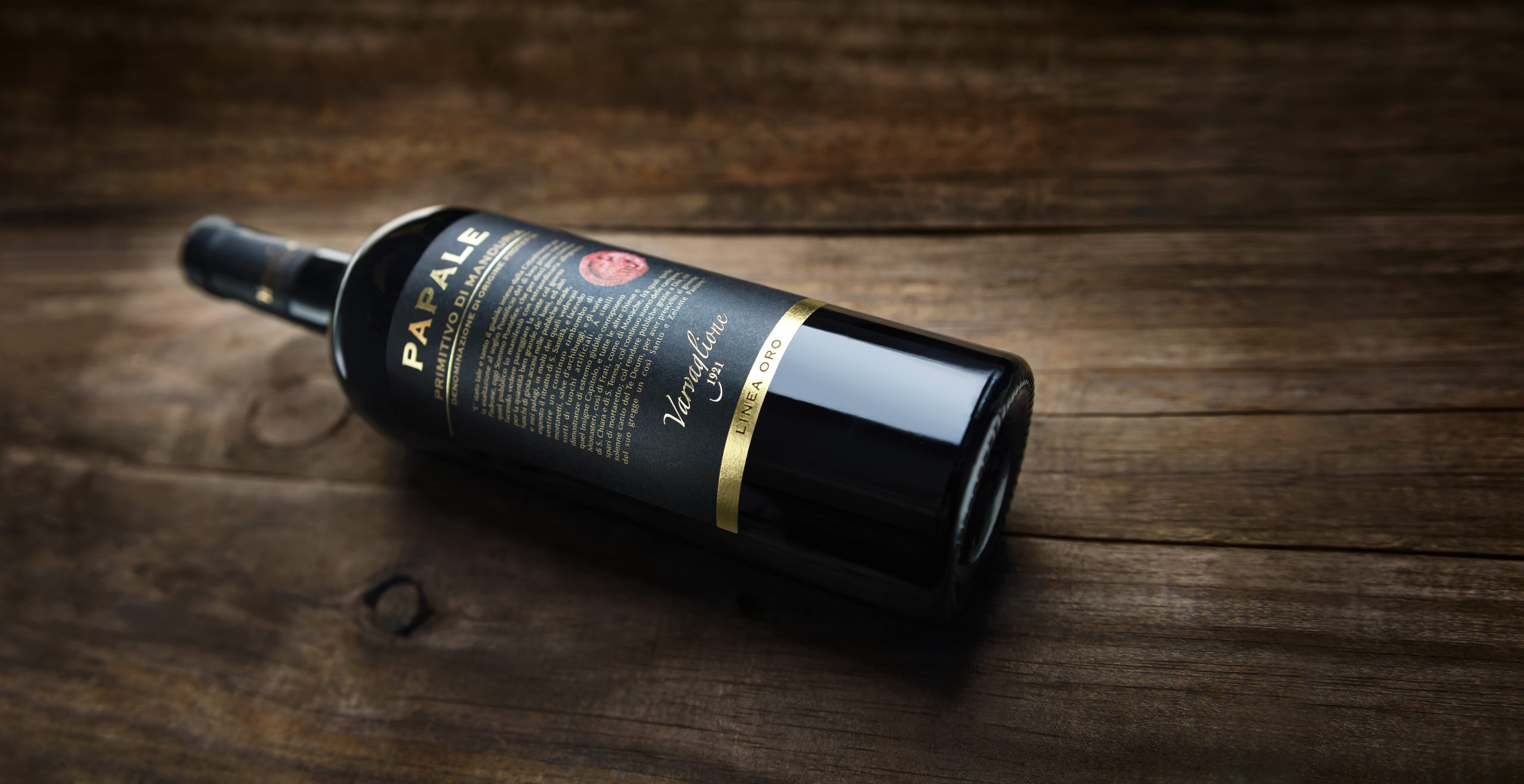Primitivo, now the undisputed star of Apulian wine production, still has much to reveal about its origins and provenance. There is no definitive data on when or how it arrived in Apulia, but it is known that its characteristics are very similar to those of Zinfandel, a European grape that made its way to California, and Plavac Mali, a typical grape from certain areas of Croatia.

Certainly, Primitivo was already present in Apulia at the time of the Greeks, when the nectar of this fruit was immediately identified as “merum,” pure wine, in contrast to the more traditional “vinum,” which referred to wine mixed with water, honey, or other added substances, making it sweeter.
The name Primitivo is attributed to the grape itself, thanks to its main characteristic: early ripening compared to all other red berry varieties present in Apulia. In fact, it reaches full maturity around the end of August.
There are different regions where it is cultivated, and various aging methods produce Apulian wines that, while distinct from one another, share unmistakable notes and characteristics: an intense red color with violet highlights, aromas of small red fruits on the nose, and a distinct scent of plum and other spices.

The Varvaglione family, for its part, has made this variety its flagship wine worldwide. The different types produced reflect the various regions and aging methods, yet they all share unique and special characteristics, as well as the Varvaglione touch. They will be featured in the column “The Various Expressions of Apulian Primitivo,” offering a way to get to know and distinguish them for pairing with dishes from the Apulian tradition and beyond…


